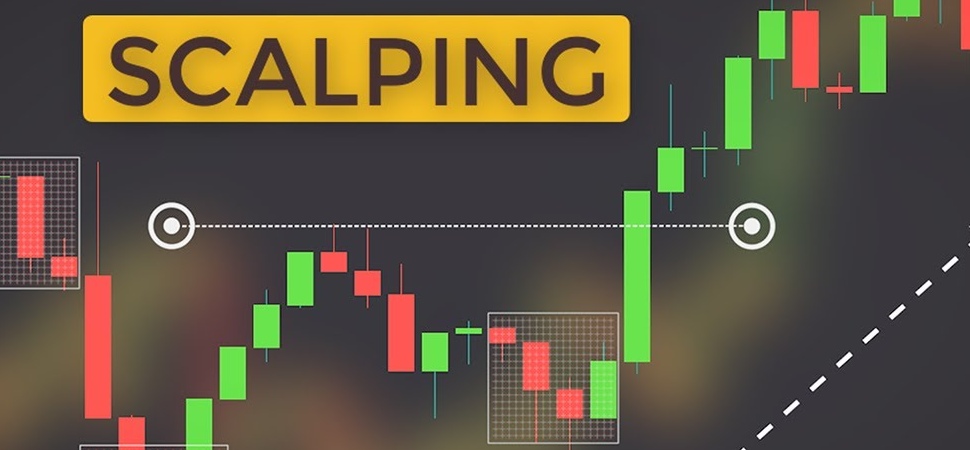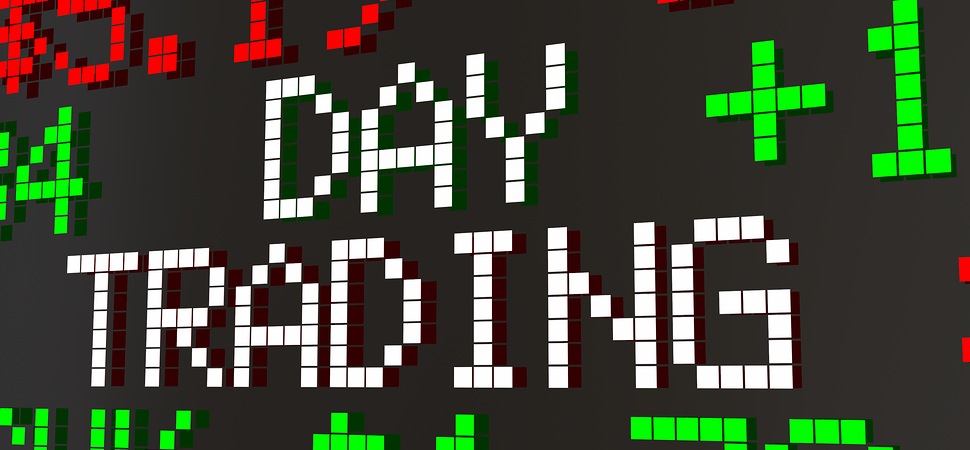27.03.2024
Евгений Лебедев
493

Before choosing your trading strategy, it is important to consider your financial goals, degree of risk management, available time and level of market knowledge. It is also important to have a clear idea of your vision for the market - short-term trades for quick profits or long-term investments for capital investment.
High Frequency Trading
High frequency trading is trading based on a very short time frame. It is a form of automated trading that focuses on a few microseconds to buy and sell a position. The goal is to capitalize on micro movements in the market. By its nature and characteristics, high frequency trading is incompatible with human intervention. This type of trading is based on algorithms that must first be set up by humans. Typically, high-frequency traders invest large amounts of money in each trade.
Scalping
Scalping is another type of trading that is short-term oriented. In this type of trading, the time between opening and closing a position ranges from a few seconds to a few minutes. As with high-frequency trading, the goal is to take advantage of small market movements to make a profit.
Some scalpers open several hundred positions in a single trading day. Thus, profits are achieved mainly through the volume of trades. Another synonym for scalping is "micro-trading" or "small-step trading".
Intraday or day trading
As the name suggests, day trading involves opening and closing a position within a single day. Like scalping or high-frequency trading, it is a short-term investment strategy.
The point of day trading is primarily to avoid holding positions overnight to avoid paying overnight commissions. Day traders often use derivatives to profit from both bullish and bearish market movements. In particular, day traders use technical analysis to decide when to open and close their positions.

Swing trading
Swing trading is a (slightly) longer-term form of trading. It can take anywhere from a few days to a few weeks between opening and closing a position. Again, the idea is to profit from market fluctuations.
Swing trading can be used in many markets. This form of trading can be interesting in very specific situations, such as the publication of company results or a few days before a monetary policy decision.
Position trading
Position trading focuses on a time horizon of a few weeks to a few years. Thus, it is a long-term approach in which the trader, who can be called an investor, must take into account elements of fundamental analysis.
The goal of position trading is to study asset trends over the long term. The stock market is a great place for position traders. Despite its more volatile nature, the digital asset market can also be a platform for position trading.
Trend Trading
Trend trading involves long-term trading in the same direction as an observed trend. It is sometimes referred to as "trend following". It involves identifying trends in an asset and trading according to them.
As with other types of trading, you can go "long" if you believe the asset will move up and "short" if you expect it to move down.
How to choose a trading style
Now that we've discussed each type of trading together, it's important to choose the form(s) you want to use. But as we've seen, this depends on a number of factors such as.
- The goal: Which you have set for yourself;
- Your degree of risk aversion;
- Time: The amount of time you want to devote to trading activities;
- Your level of knowledge of trading and mastery of the tools;
- Your Vision: Short-term trading vs. long-term investing.
Regardless of the trading style you choose, it is important to follow a strategy and remain a disciplined trader. Learning, practicing and analyzing your results will help you improve your skills and make informed decisions in the market.
